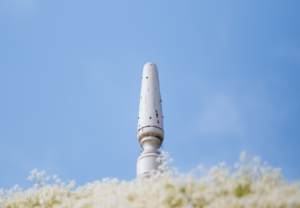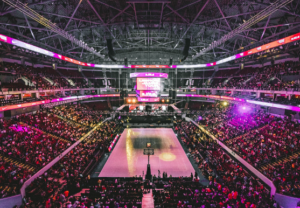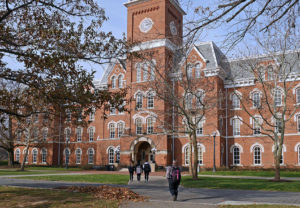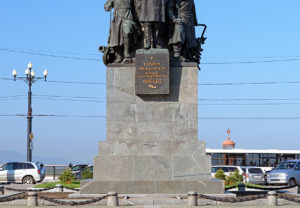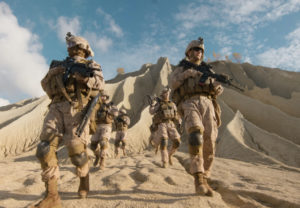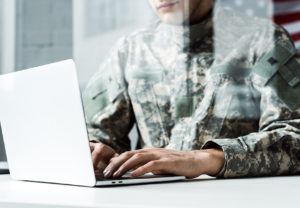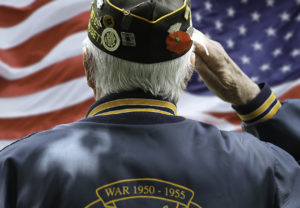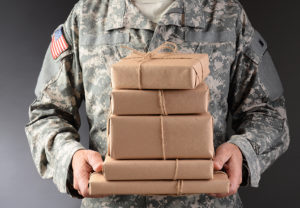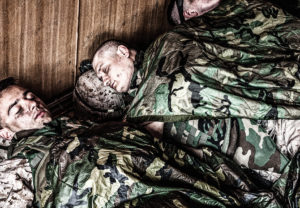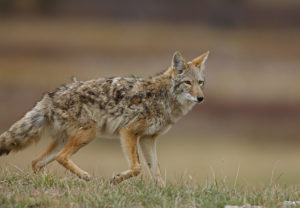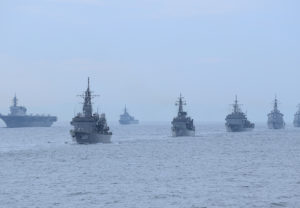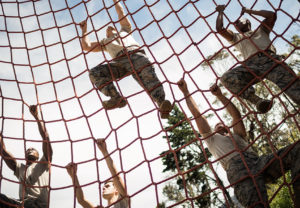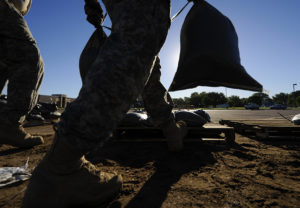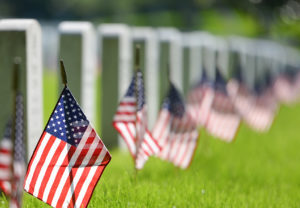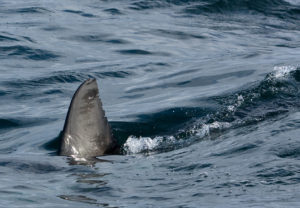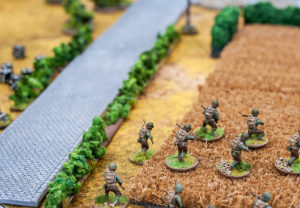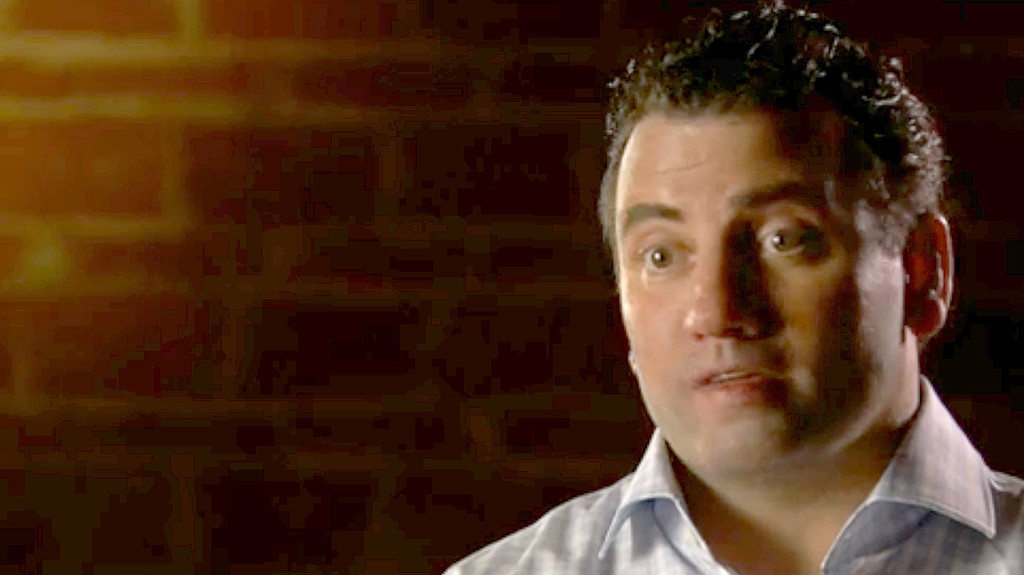Over the past few years, retired Navy SEAL Mark Bissonnette has made headlines for a plethora of different things. First, it was for writing a book (as “Mark Owen” titled No Easy Day: The Firsthand Account of the Mission that Killed Osama Bin Laden) that detailed his experience in the historic siege that killed the most wanted man in the world at the time. Not long after, it was for the fact that he was being accused by authorities of mishandling classified information.
The latter has reared its ugly head once again, and this time a curious and juicy revelation within the Naval Criminal Investigative Service’s dealings with the former elite American military member has made a huge splash (and opened even more eyes) thanks to some crack reporting by Matthew Cole of The Intercept.
Why was the NCIS digging into Bissonnette — most notably, his business history with military contractors? Because shortly before they began, the retired SEAL forked over a hard drive that, along with classified documents, contained a photograph of Osama bin Laden’s corpse.
This from Cole:
[T]wo people familiar with the probe said the current investigation, led by the Naval Criminal Investigative Service, expanded after Bissonnette agreed to hand over a hard drive containing an unauthorized photo of [Osama bin Laden]’s corpse. … The retired SEAL voluntarily provided investigators with a copy of his hard drive as part of an agreement not to prosecute him for unlawfully possessing classified material, according to the two people familiar with the deal.
The story is that Bissonnette forgot to separate his personal stuff on the drive from the classified stuff. He’s now being accused by the NCIS for corrupting the military’s procurement process by using his SEAL Team 6 status to secure contracts for businesses he had his hands in. Like the Element Group, based in Virginia Beach, Virginia.
As for the photo, Cole says in his report that the government has fought extremely hard to keep photographs of a dead bin Laden from seeing the light of day — i.e. the general public. They continue to cite national security reasons for this decision.
The question remains: will the image of the bullet-ridden terrorist’s corpse ever come out?


